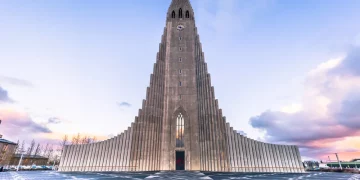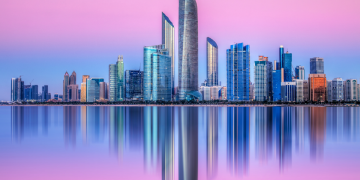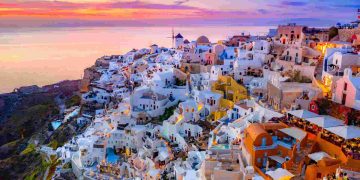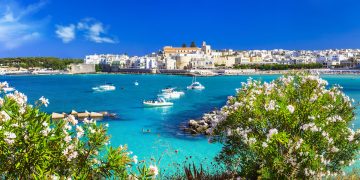Tenerife, the largest island in Spain’s Canary Islands archipelago, is steadily reinventing itself as one of Europe’s most exciting summer destinations. Long overshadowed by Mediterranean hotspots like Mallorca, Ibiza, and the French Riviera, Tenerife is carving out a unique niche thanks to its stunning volcanic landscapes, pleasant year-round climate, expanding tourism infrastructure, and rich cultural offerings. But can this volcanic island truly become the “C位” — the center stage — of Europe’s summer travel scene? In this in-depth article, we explore Tenerife’s natural allure, evolving tourism market, emerging trends, and challenges to determine if it’s poised for a major breakthrough in the European summer travel hierarchy.
1. The Volcanic Landscape and Diverse Natural Attractions
Tenerife’s defining feature is its volcanic origin, crowned by Mount Teide — Spain’s highest peak and a UNESCO World Heritage Site. This majestic volcano and surrounding national park offer dramatic terrain and panoramic views unrivaled in Europe. The island’s rugged coastlines, black sand beaches, and contrasting microclimates provide a variety of outdoor experiences. From hiking and mountain biking to whale watching and water sports, Tenerife’s natural playground attracts diverse traveler profiles.
The island benefits from a subtropical climate with mild winters and warm summers, averaging 20–30°C year-round, which is notably cooler and more comfortable compared to Mediterranean summer heat. This makes Tenerife an appealing alternative for families, retirees, and travelers sensitive to extreme temperatures. The contrasting north and south microclimates further diversify visitor experiences, with the lush, greener north providing traditional villages and cooler temperatures, while the sun-drenched south caters to beachgoers and resort visitors.
2. Expanding Tourism Infrastructure and Luxury Development
Tenerife has witnessed robust investment in its tourism infrastructure. The emergence of boutique hotels, luxury resorts, and sustainable eco-lodges is reshaping the island’s accommodation offerings. New gastronomic venues, wellness centers, and entertainment options complement the natural appeal, targeting a more upscale and experience-driven traveler.
Transport connectivity has also improved, with Tenerife South Airport handling millions of passengers annually and growing direct flight routes from major European cities. Enhanced public transportation and road networks make island exploration easier and more comfortable. These developments underpin Tenerife’s ambitions to attract high-spending tourists beyond the traditional sun-and-sand market.
3. Cultural Richness and Local Experiences
Beyond nature and infrastructure, Tenerife offers a vibrant cultural scene. Traditional Canarian festivals, music, and cuisine add authentic flavor that differentiates the island from more commercialized resorts. The capital, Santa Cruz de Tenerife, hosts annual events like the Carnival, one of the largest and most colorful festivals in Europe, drawing thousands of visitors.
Local markets, artisan crafts, and farm-to-table dining experiences immerse travelers in the island’s heritage. These cultural assets appeal to travelers seeking meaningful and off-the-beaten-path experiences, increasingly important in post-pandemic tourism trends.
4. Sustainability and Eco-Tourism Initiatives
As global travelers become more eco-conscious, Tenerife is responding with sustainability initiatives. The island’s efforts to preserve natural habitats, promote renewable energy, and support responsible tourism create a foundation for long-term viability. Eco-friendly accommodations and nature-based tours are growing in popularity, positioning Tenerife as a leader in sustainable island tourism.
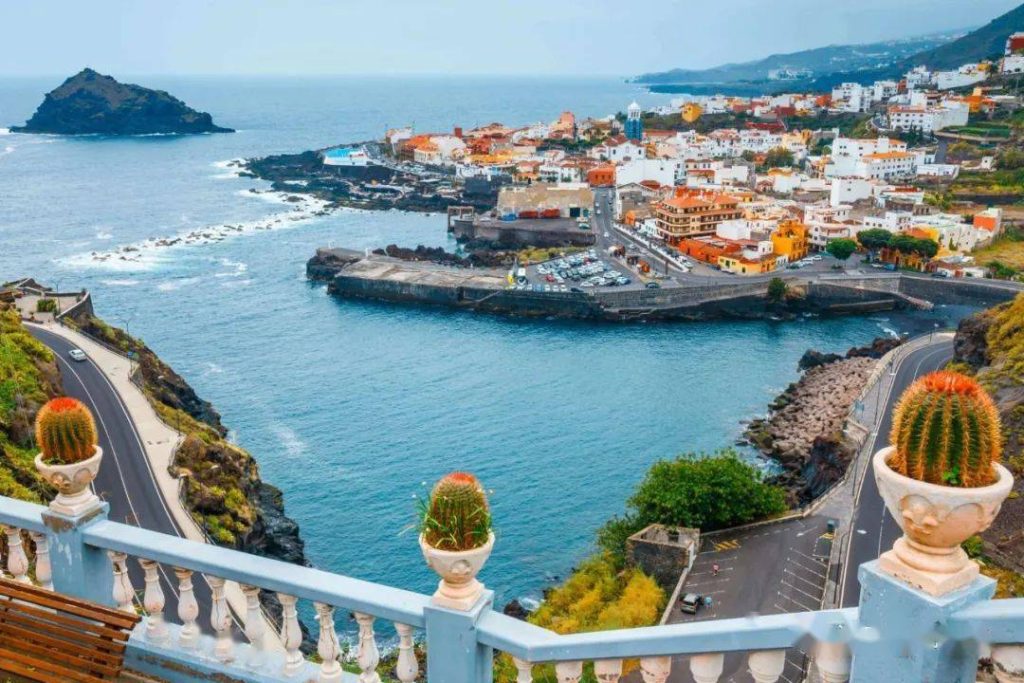
5. Challenges and Competition
Despite its strengths, Tenerife faces challenges. Competition from Mediterranean and Atlantic island destinations is fierce, with places like Mallorca, Madeira, and the Azores also vying for summer travelers. Infrastructure development must balance growth with environmental preservation to maintain Tenerife’s unique appeal.
Moreover, some areas still rely heavily on mass tourism, which can dilute the luxury and authentic experiences Tenerife aims to promote. Political and economic factors, including airline pricing and travel restrictions, also influence visitor flows.
6. Market Trends and Traveler Profiles
Data shows increasing interest in Tenerife from a diverse set of travelers: adventure seekers, cultural explorers, wellness tourists, and families. The island’s year-round climate supports off-season tourism, reducing seasonality impacts common in other European destinations.
Social media exposure and influencer visits have heightened Tenerife’s profile among younger demographics, while older generations continue to appreciate its comfort and accessibility.
Conclusion: Is Tenerife Europe’s Next “Summer C位”?
Tenerife’s combination of stunning volcanic landscapes, comfortable climate, growing luxury infrastructure, rich culture, and sustainable tourism initiatives give it strong momentum toward becoming a leading European summer destination. While it may not unseat the Mediterranean’s most famous hotspots overnight, Tenerife is carving out a distinctive and compelling space that appeals to a broad, evolving traveler base.
For travelers seeking an island that blends natural beauty, cultural depth, and modern amenities — all without the overcrowding of more established resorts — Tenerife is a top contender for Europe’s next summer spotlight.




